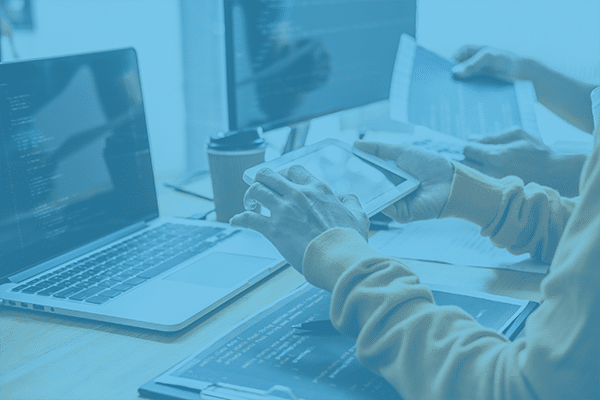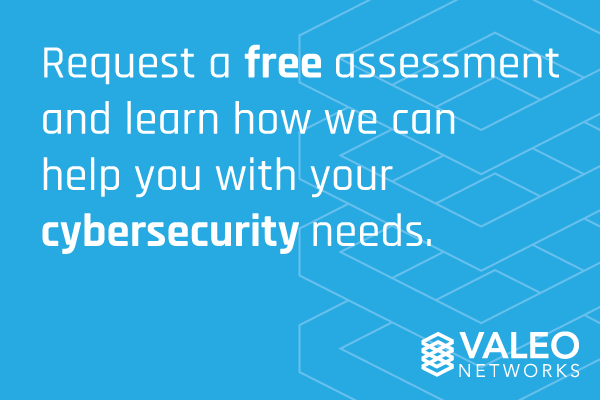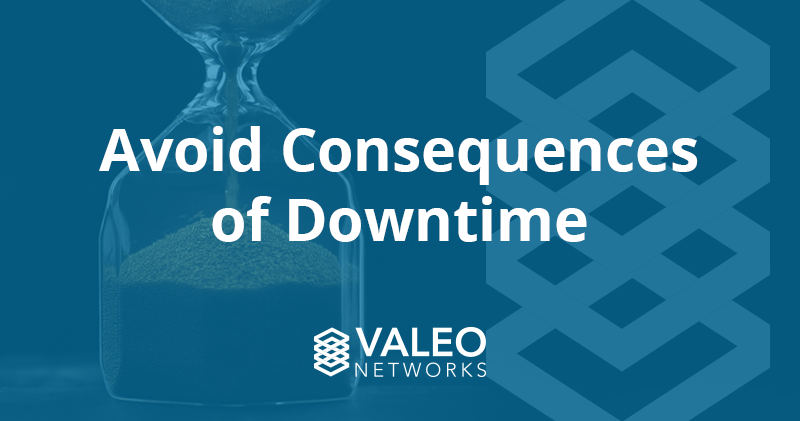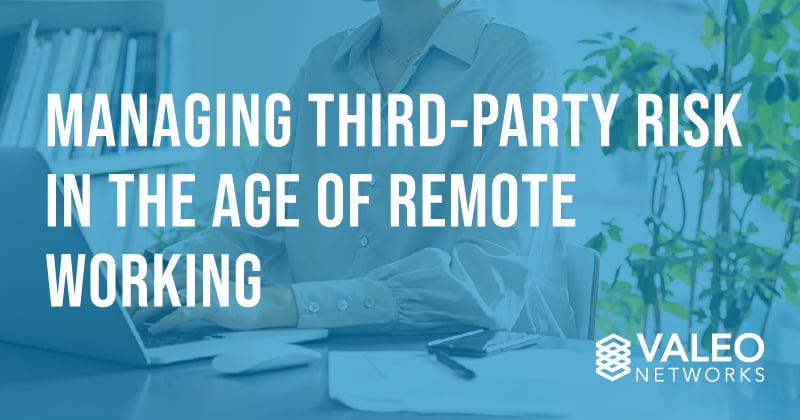3 Misconceptions About IT Support & Why You Need It!
Businesses today rely heavily on technology to streamline operations, communicate with customers, and ensure data security services, staying...
The business world is becoming increasingly dependent on digital structure and assets. In 2020, it is imperative that your organization stay aware of modern cybersecurity threats while having preventive plans for these attacks.
Familiarizing yourself with the most prominent cybersecurity issues is the best way to begin your defense of company information and mitigation of liability. Make sure that these different types of attacks are on your radar.
No one wants to be the one who falls for a phishing scam. That being said, there’s a reason that people are still clicking on risky links, leaving credentials unprotected, and visiting unverified sites: these techniques are meant to trick you!
While there is no fool-proof way to make sure you or your team do not fall prey to phishing, we advise you take the following measures:

Ransomware is one of the top 3 most frequent malware attacks according to Verizon’s 2020 Data Breach Report. We’re going to specifically focus on email, as it is the most common medium for Ransomware breaches.
Much like all the attacks we’re focusing on in this blog, human error is built into the strategy of the perpetrators, so educating your team on these points is key:
Internet of Things is a term that many people are unfamiliar with, but creates dual benefit and risk for businesses. Simply put, the IoT is the way interrelated devices communicate with each other using a mechanism called unique identifiers. We’ll save the full technical analysis, but you need to know that they allow for exponential connectivity, and in turn, higher risk if left unchecked.
The best way to preempt the Internet of Things from becoming a hidden monster is to ensure that your devices have proper security built in. This might sound easier said than done given how new the IoT is, so here are a few tips:

Social engineering is the 2020 version of prize-giveaway phone calls; people are targeted for their natural tendencies to explore what sound like enticing opportunities to win sums of money or gain access to information.
Continuing our common theme of preemptive measures and team education, consider the following remedies to Social Engineering:
Human error is the most common thread among modern cybersecurity threats, and social media breaches capitalize on this. We have a few quick tips to help your organization avoid being targeted by attacks through what seem like innocuous platforms:
Also known as value-chain or supply chain targeting, this is when there is an infiltration of your systems though a partner or provider you work with. As business becomes more connected and data sharing is done at rapid speeds through innumerable devices, it is easy to see how this could become an issue. Try to implement these items on your Third Party Checklist:
.webp?width=600&height=400&name=VN-InlineImage-2-2%20(1).webp)
Each tip for preventing malware may seem like a no-brainer on paper, but human error and policy breach are all-too-common with the space of a cloud-based workplace. Consistently review these risks, update your policies, and teach your team how to recognize breaches.
Your main focus should be keeping your business humming and fulfilling demand. Modern cybersecurity threats can waste valuable time and resources, and that’s why we work to protect your assets with our managed IT services. Contact us today to learn more about how we can help you protect your most valuable business assets and keep you focused on your organization’s needs.


Businesses today rely heavily on technology to streamline operations, communicate with customers, and ensure data security services, staying...

In order to really minimize the chance of extended downtime for your business, it’s important to understand and implement a backup and disaster...

Remote work was already a trend being adopted worldwide before the global COVID-19 pandemic necessitated its widespread acceptance. Now, the rapid...

With cutting-edge technology and quality customer service,
you’ll find everything you need to help your company soar
with Valeo Networks.
1006 Pathfinder Way
Rockledge, FL 32955
Business Hours:
M-F: 8AM-9PM
© 2025 Copyright Valeo Networks. All Rights Reserved.